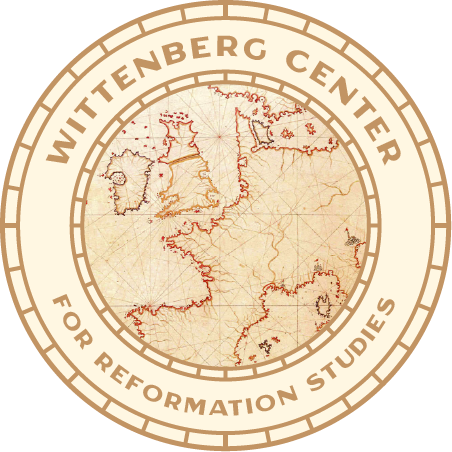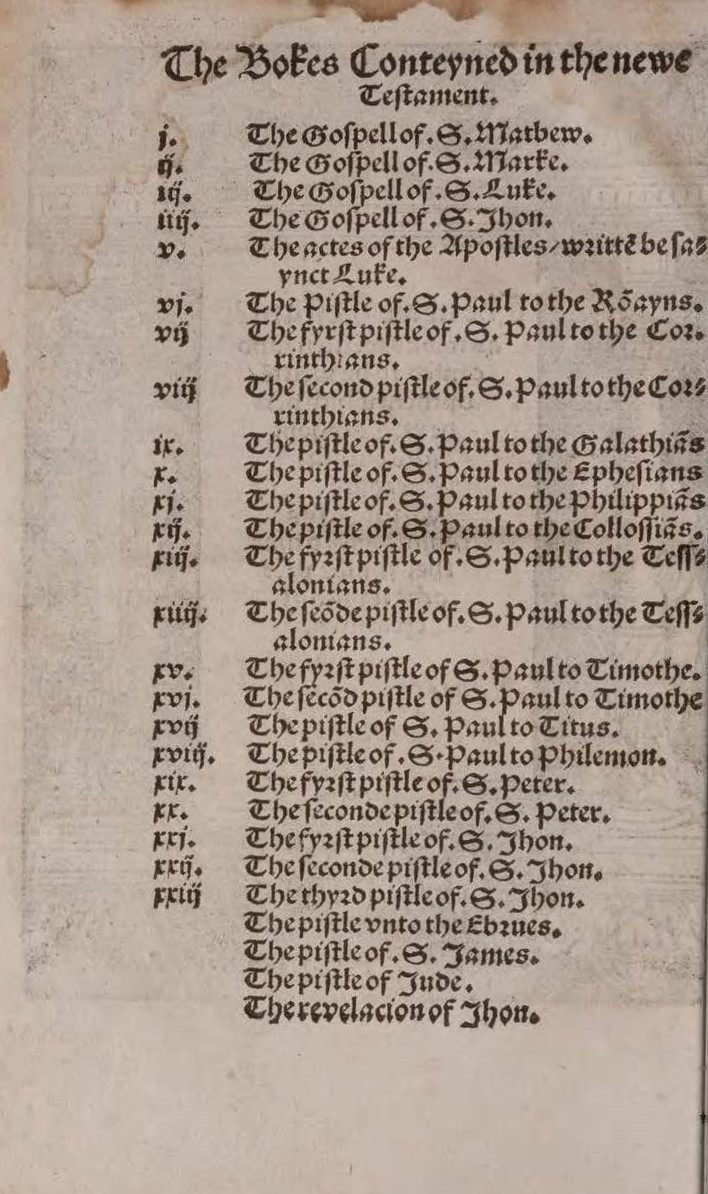Thursday, June 15, focused on the Reformation’s most important medium: print. The Reformation Research Library in Wittenberg Castle offers rich treasures to trace the importance of printing. Luther’s translation of the Bible was chosen as an example. The Preface to the New Testament summarized the hermeneutical principles of Reformation theology, and the Preface to the Epistle to the Romans recapitulated its basic statements. A comparison was made with William Tyndale’s translation of the Bible, which appeared in Germany in 1525‒26 and which in many respects was based on Luther’s translation. A comparison of the prefaces to Romans regarding the view of the law and obedience to authority showed that Tyndale did not simply translate Luther’s preface, but elaborated on it and enriched it with statements important to him. Tyndale’s example shows how the Wittenberg Reformation influenced the Reformation in other regions through personal contacts and the printing of books.
The Student Fellow presentation by Sean Duncan (University of Edinburgh) asked about the tradition-historical background of Richard Hooker’s doctrine of the Lord’s Supper in the Christology of high medieval scholasticism.


